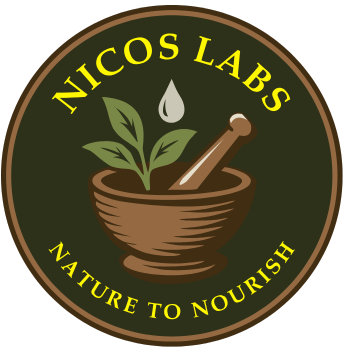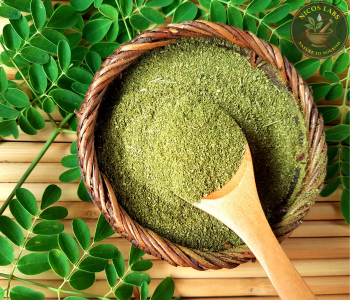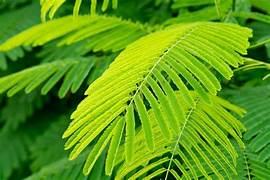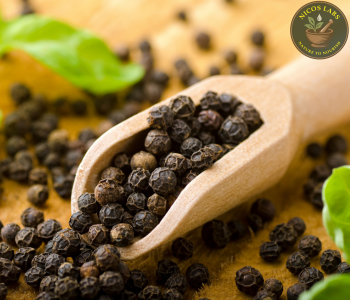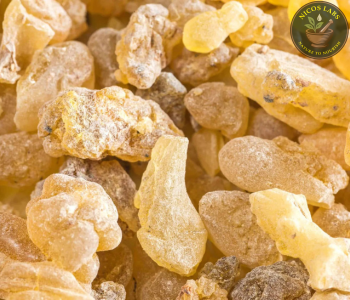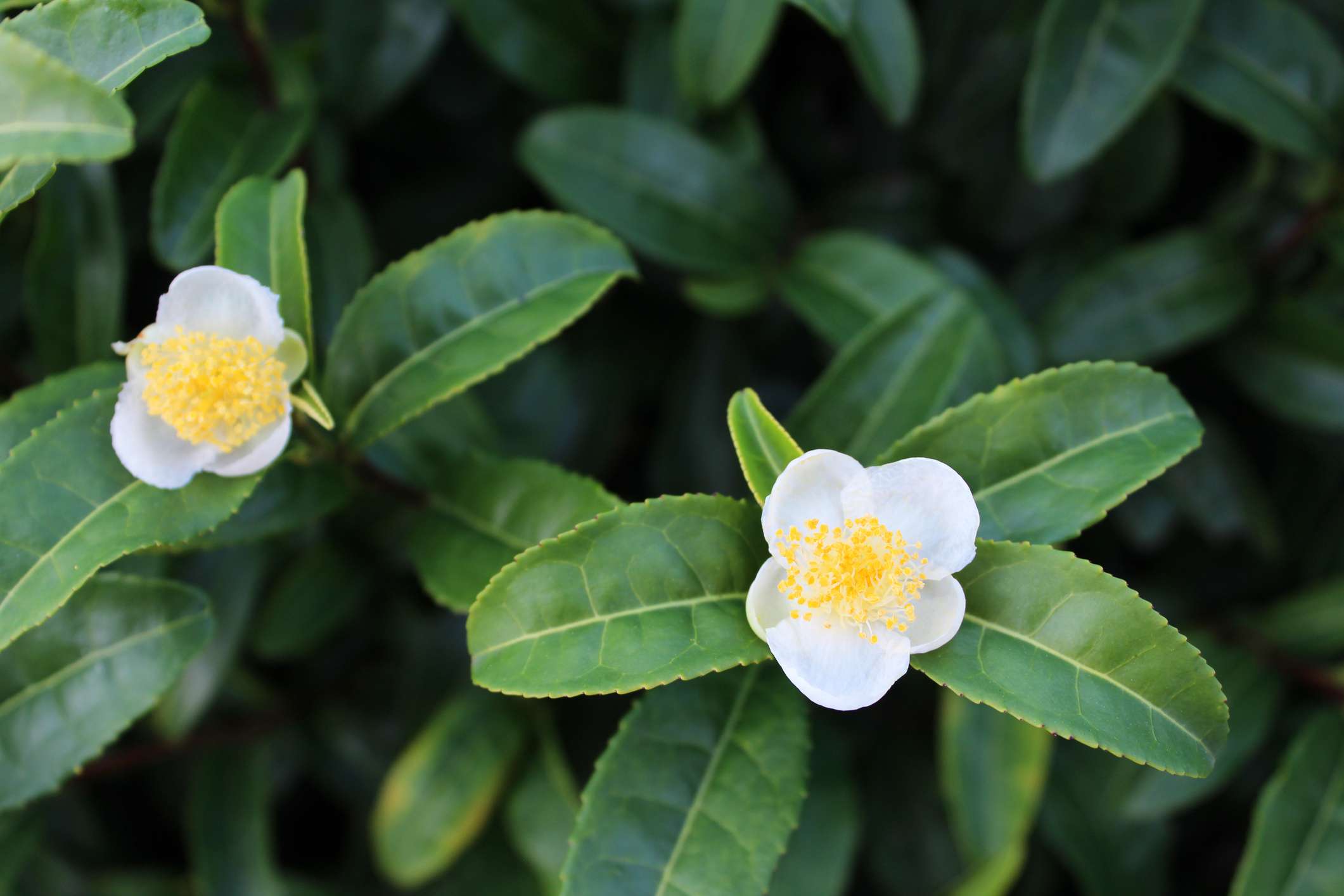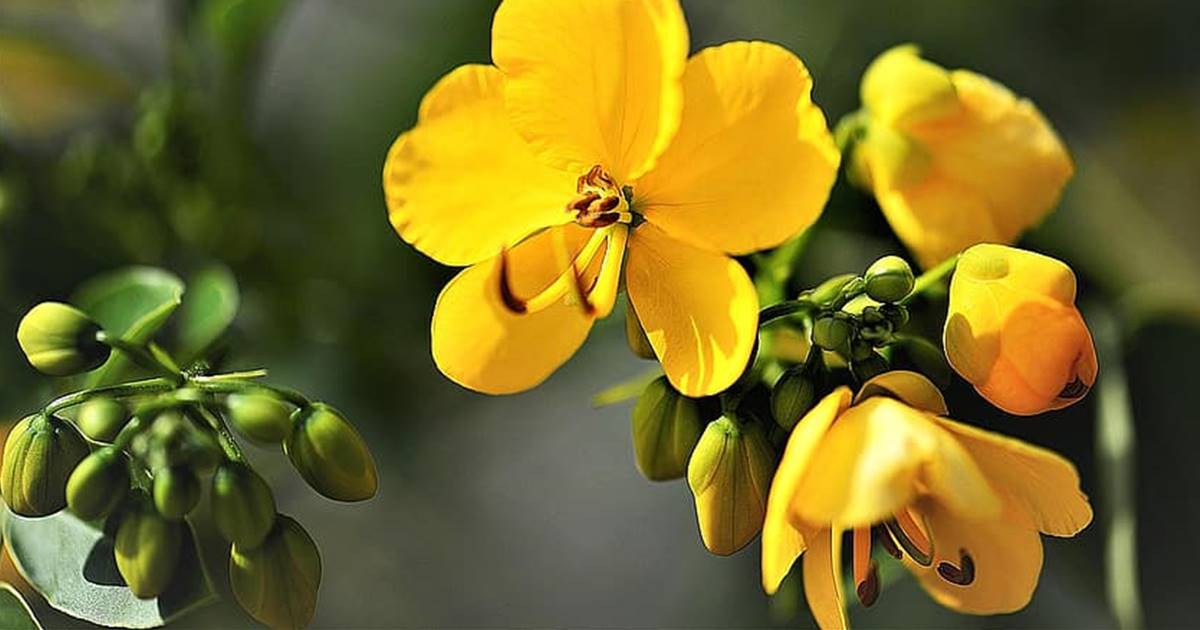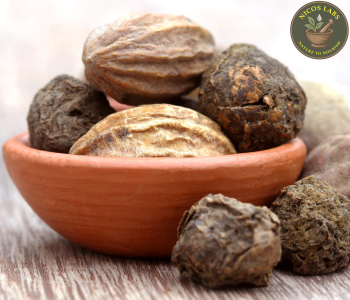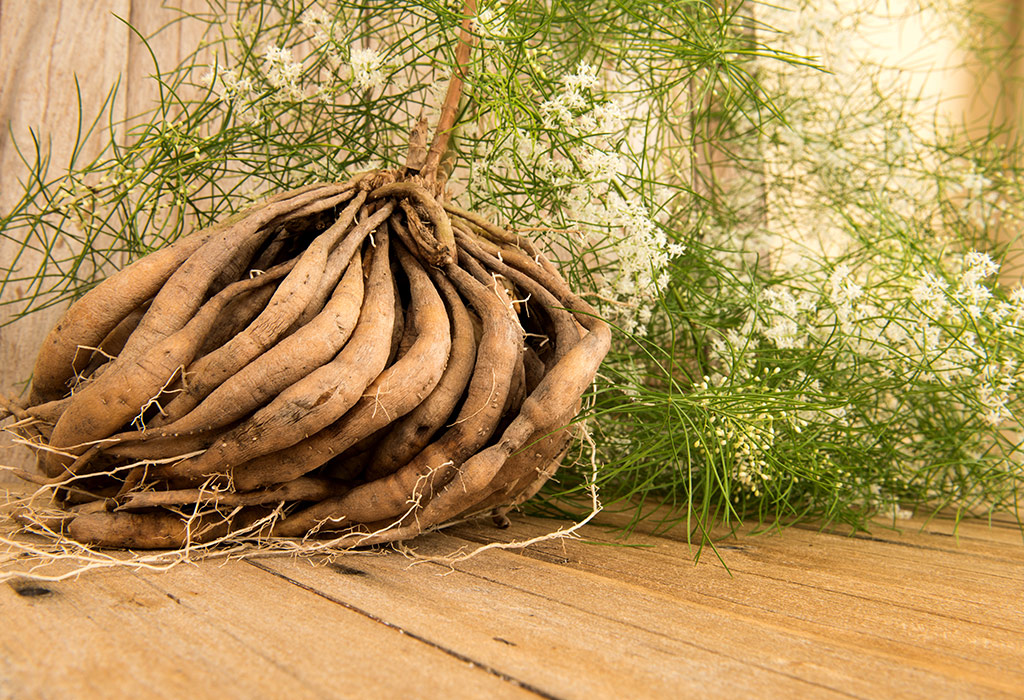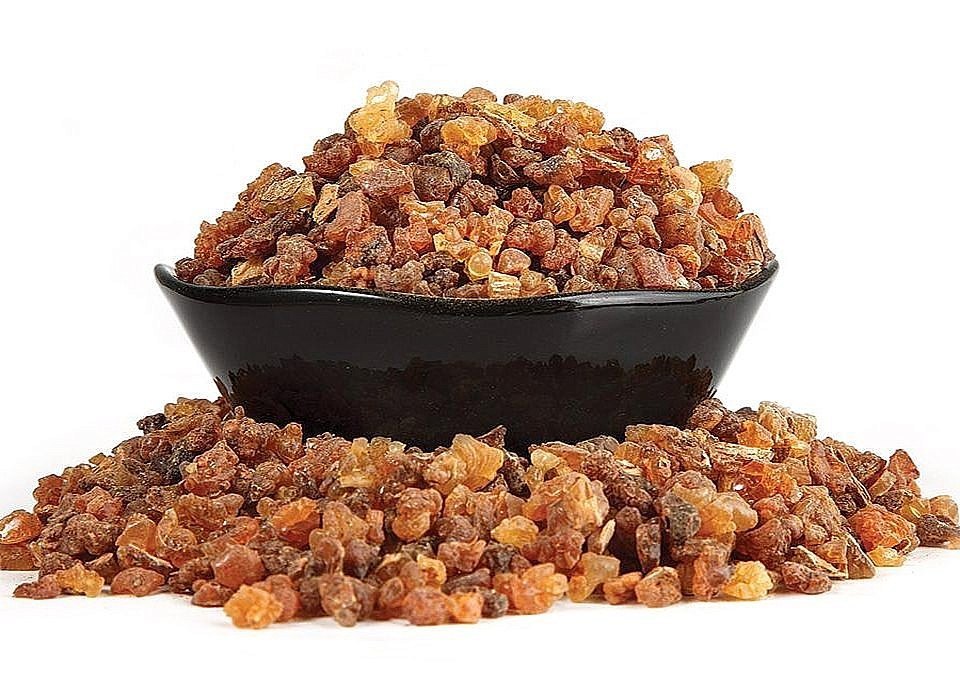🌿 Harda (Terminalia chebula), a widely used herb in traditional Ayurvedic medicine:
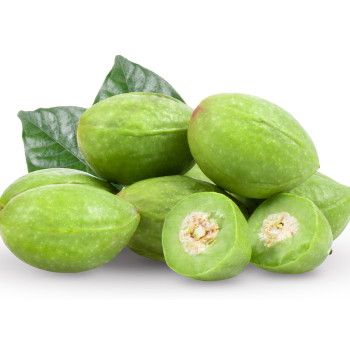
Other Names: Haritaki (Sanskrit), Kadukkai (Tamil), Harad (Hindi), Abhaya
Botanical Name: Terminalia chebula
Family: Combretaceae
Parts Used: Dried mature fruit
Native To: India, Nepal, Sri Lanka, and Southeast Asia
🌱 Plant Description
- Tree Type: Medium to large deciduous tree (up to 30 meters)
- Fruit: Ovoid, greenish to blackish when dried, five ridged, and firm
- Taste: Strongly astringent, slightly bitter and sweet when dried
🔬 Key Phytochemicals
- Chebulinic acid, Chebulagic acid – Powerful antioxidants
- Tannins, Gallic acid, Ellagic acid
- Flavonoids, Saponins, Terpenoids
- Amino acids, Beta-sitosterol, Anthraquinones
💊 Health Benefits
| System | Benefits |
|---|---|
| Digestive System | Gentle laxative, improves digestion, detoxifies intestines |
| Liver & Detox | Supports healthy liver function and blood purification |
| Respiratory | Beneficial in cough, asthma, and throat disorders |
| Immune Health | Enhances overall immunity |
| Cognitive Function | Supports mental clarity, memory, and intellect |
| Wound Healing | Antibacterial and healing when applied topically |
| Anti-Aging | Acts as a rejuvenative (Rasayana) in Ayurveda |
🌼 Ayurvedic Properties
| Property | Description |
|---|---|
| Rasa (Taste) | All six tastes except salty (primarily Kashaya – Astringent) |
| Virya (Potency) | Ushna (Heating) |
| Vipaka (Post-digestive effect) | Madhura (Sweet) |
| Effect on Doshas | Balances all three doshas — especially Vata |
Haritaki is considered the “King of Medicines” in Ayurveda and is especially revered for promoting longevity, vitality, and clarity of mind.
🧪 Common Forms of Use
- Churna (Powder) – Taken with warm water or ghee
- Tablets/Capsules – Convenient for daily wellness
- Triphala – Key ingredient, along with Amalaki and Bibhitaki
- Oil (Harda Taila) – For external use (skin, wounds)
- Infusion or Decoction – For digestive and respiratory relief
⚠️ Precautions
- In high doses, may cause loose motions in sensitive individuals
- Should be avoided during pregnancy unless prescribed
- Use cautiously in people with dehydration or high Pitta imbalance
